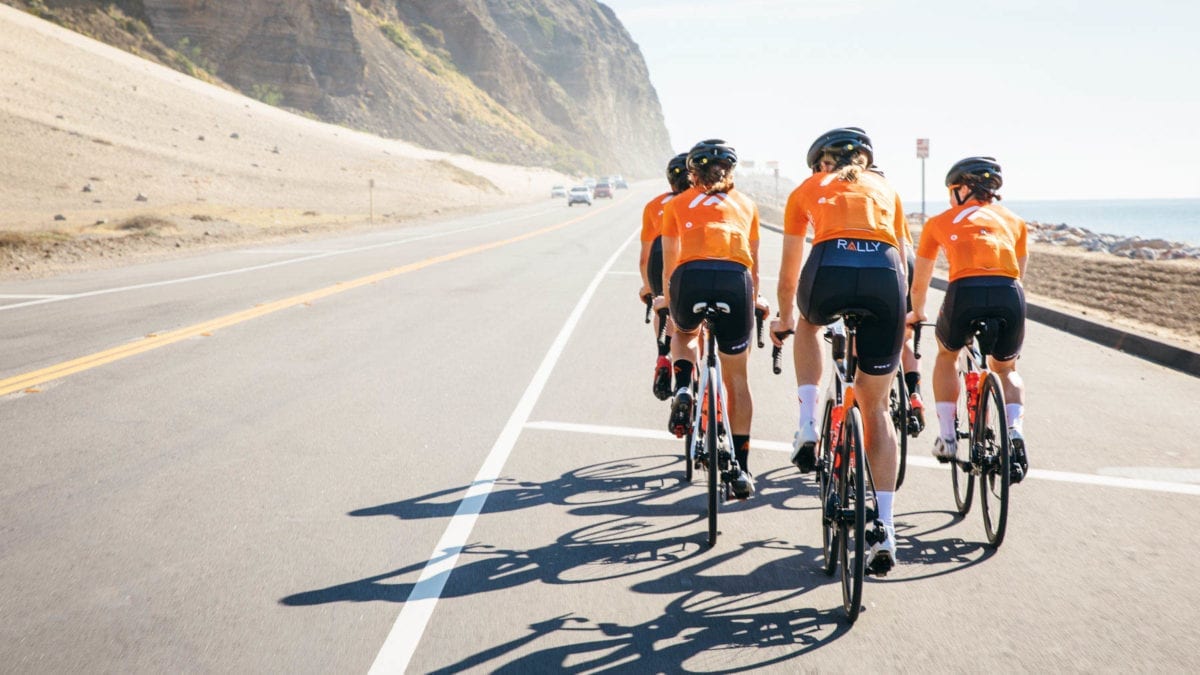Taking on your first big climb: Tips from a pro cyclist
Rally Cycling’s Sara Poidevin shares the low-down on going up
 Photo by:
Sam Wiebe/Rally
Photo by:
Sam Wiebe/Rally
The only thing that feels better than reaching the top of a challenging climb is the descent that you get as a reward. Whether you’re planning to ride up Mount Seymour North of Vancouver, Mount Royal in Montreal, Toronto’s Brimley Rd. or just that one local hill everyone keeps telling you about, Rally Cycling’s Sara Poidevin has a few tips for taking on your first big climb.
RELATED: The top 10 climbs in Canada for road cyclists
Steady does it
Poidevin will soon take on this year’s Giro Rosa (July 2 to July 11) with climbs such as the category 1 Monte Matajur and an uphill individual time trial in which the 25-year-old rider from Canmore, Alb. will cover more than 500m of elevation in just 11km.

For longer climbs, she says riders should go in with an idea of how they will pace themselves.
“A big part of climbing effectively is selecting a steady pace and not going too hard at the bottom,” says Poidevin. “You’ll go faster overall if you can select a manageable pace for most of the climb, ride at a consistent pace, then hold or increase your speed over the top.”
Avoiding the grind
“A bit of a lower cadence on climbs naturally feels better,” says Poidevin, “but grinding in a huge gear will be ineffective and you’ll likely be moving around on the bike more.” She says riders should check in on their cadence and move into an easier gear if they’re pedalling too slowly.
“Select a lighter gear so that you can maintain good turnover, manage your effort, ride more efficiently and save your knees from injury,” she says.
Core
In March 2020, Poidevin worked with her team to create the #HealthyHabitsWithPoido challenge to encourage others to make one small daily change per week and develop healthy habits that hopefully stick. For the first week of the challenge, she encouraged participants to do one minute of core every day, a muscle set that is particularly useful for climbing.
RELATED: Rally Cycling’s Sara Poidevin challenges you to create healthy habits
Poidevin says that a stable core and upper body are important for going uphill—it helps riders focus on power going to their legs and avoid weaving around on the road. She also says that “by keeping your core stable, and placing your hands on your tops, you’ll be a bit more upright and it’s easier to take nice full breaths.”
Up and down
“Practice climbing seated and standing,” says Poidevin. “It takes some practice to ride efficiently in each position and to make the transition between the positions smooth.”
On longer climbs having the option to ride in or out of the saddle, changing up positions, will give your body a bit of a break.
“Being able to get out of your saddle smoothly and to ride like that efficiently is especially useful for steeper parts of a climb,” says Poidevin. “You can settle back into lower grades and ride seated.”
